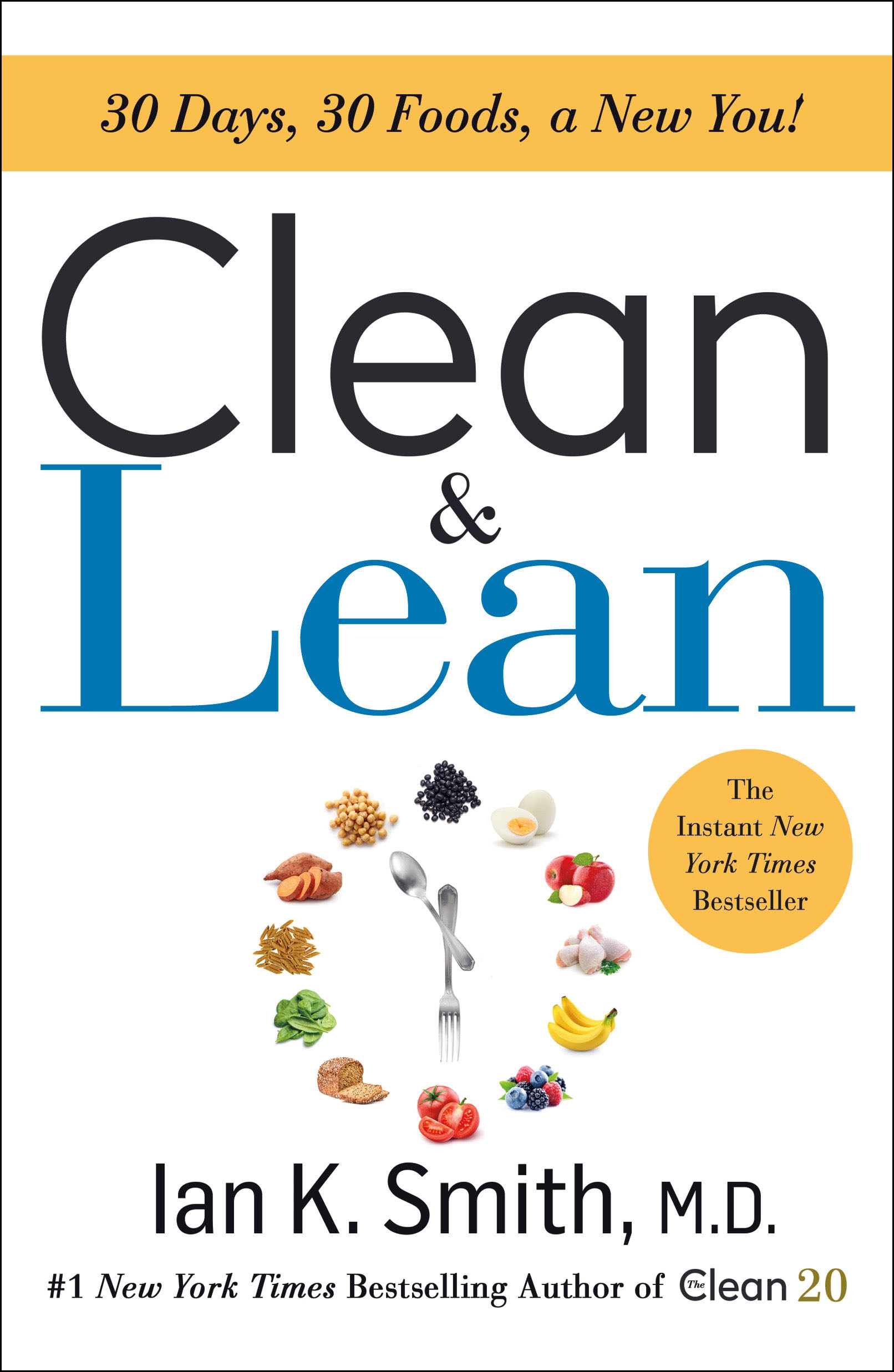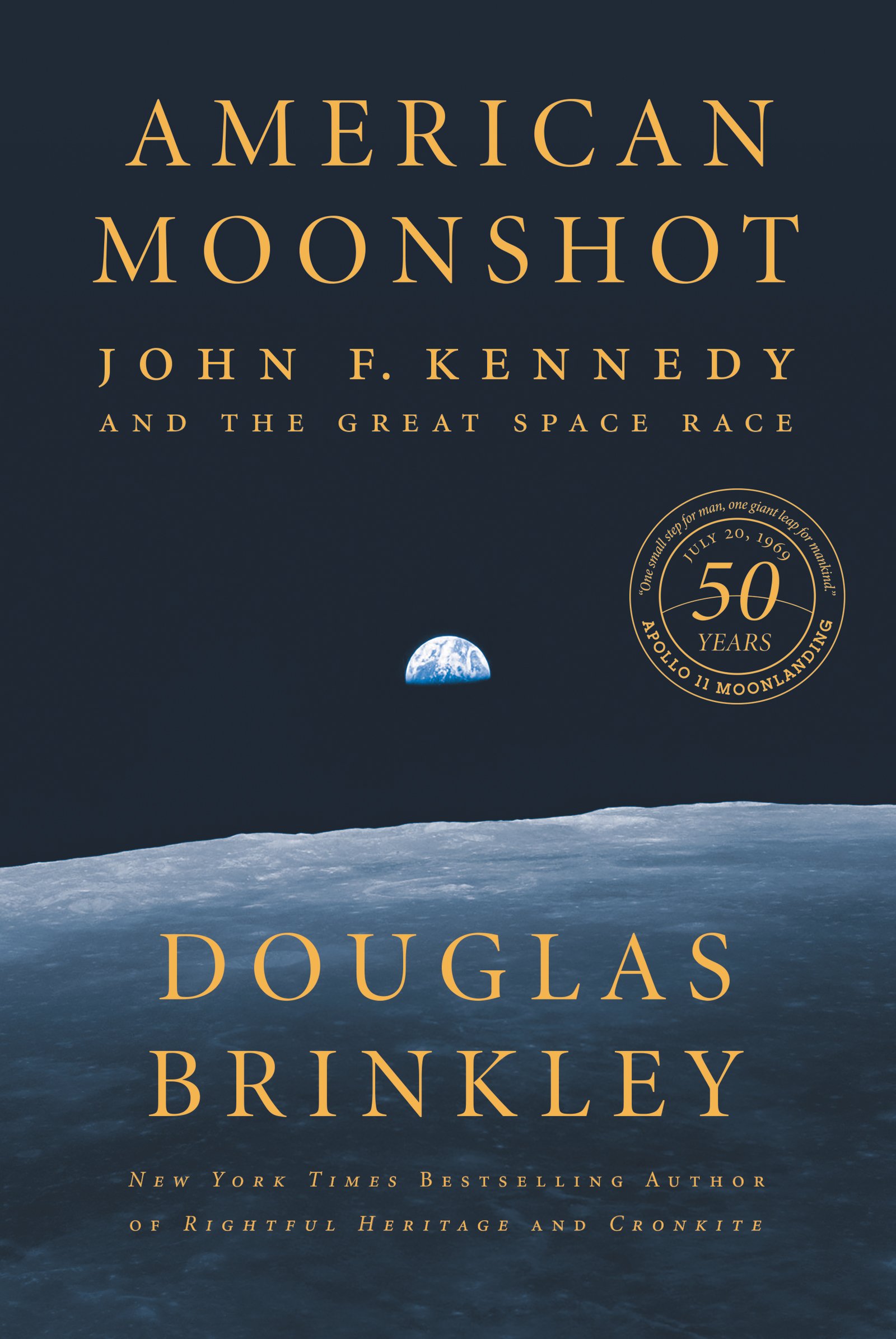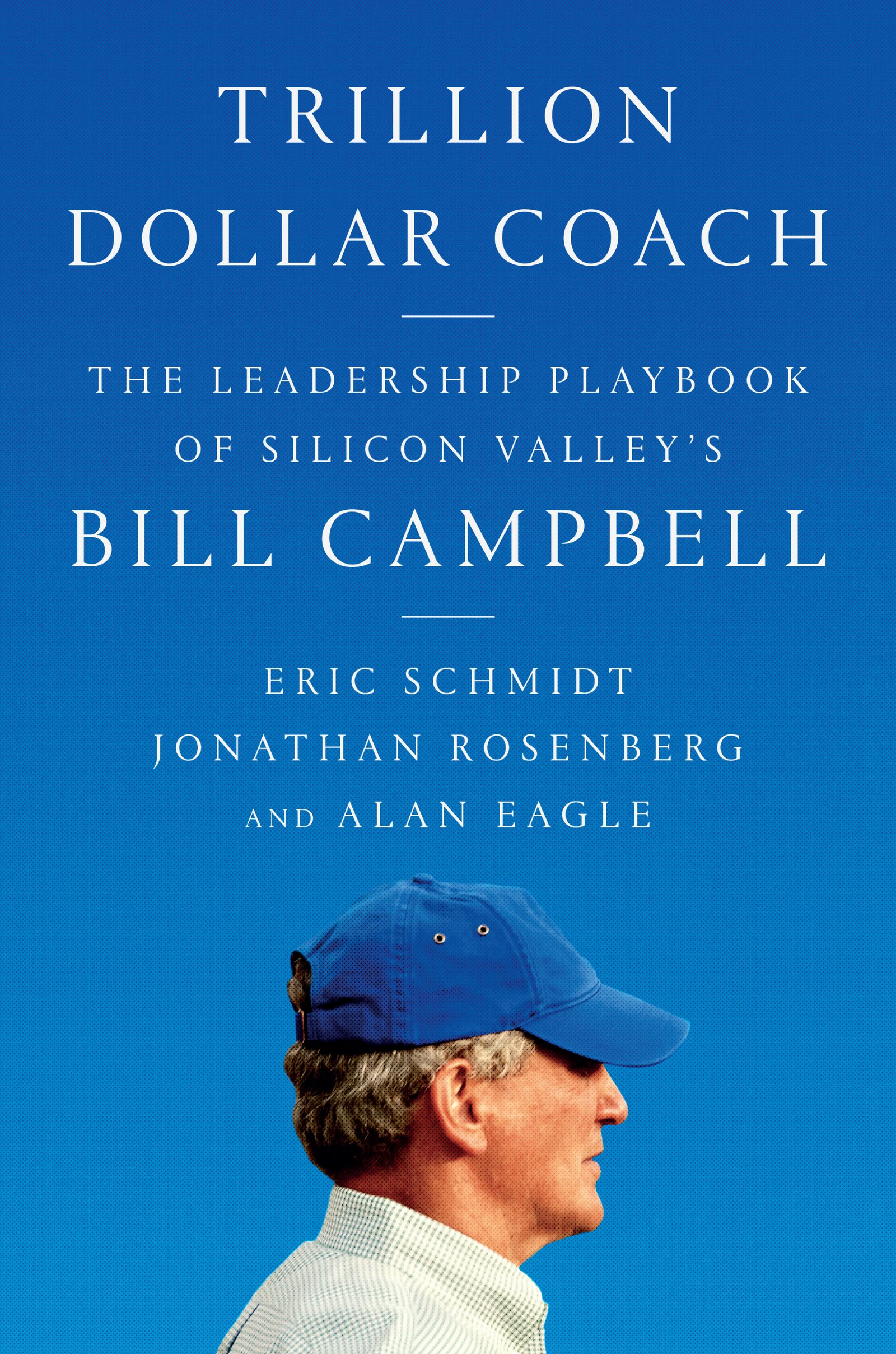Advanced Uvoir Mirror Technology Development For Very Large Space Telescopes
by Nasa Technical Reports Server (ntrs)
2021-01-02 14:05:25
Advanced Uvoir Mirror Technology Development For Very Large Space Telescopes
by Nasa Technical Reports Server (ntrs)
2021-01-02 14:05:25
Objective of this work is to define and initiate a long-term program to mature six inter-linked critical technologies for future UVOIR space telescope mirrors to TRL6 by 2018 so that a viable flight mission can be proposed to the 2020 Decadal Review....
Read more
Objective of this work is to define and initiate a long-term program to mature six inter-linked critical technologies for future UVOIR space telescope mirrors to TRL6 by 2018 so that a viable flight mission can be proposed to the 2020 Decadal Review. (1) Large-Aperture, Low Areal Density, High Stiffness Mirrors: 4 to 8 m monolithic & 8 to 16 m segmented primary mirrors require larger, thicker, stiffer substrates. (2) Support System: Large-aperture mirrors require large support systems to ensure that they survive launch and deploy on orbit in a stress-free and undistorted shape. (3) Mid/High Spatial Frequency Figure Error: A very smooth mirror is critical for producing a high-quality point spread function (PSF) for high-contrast imaging. (4) Segment Edges: Edges impact PSF for high-contrast imaging applications, contributes to stray light noise, and affects the total collecting aperture. (5) Segment-to-Segment Gap Phasing: Segment phasing is critical for producing a high-quality temporally stable PSF. (6) Integrated Model Validation: On-orbit performance is determined by mechanical and thermal stability. Future systems require validated performance models. We are pursuing multiple design paths give the science community the option to enable either a future monolithic or segmented space telescope.
Less






























